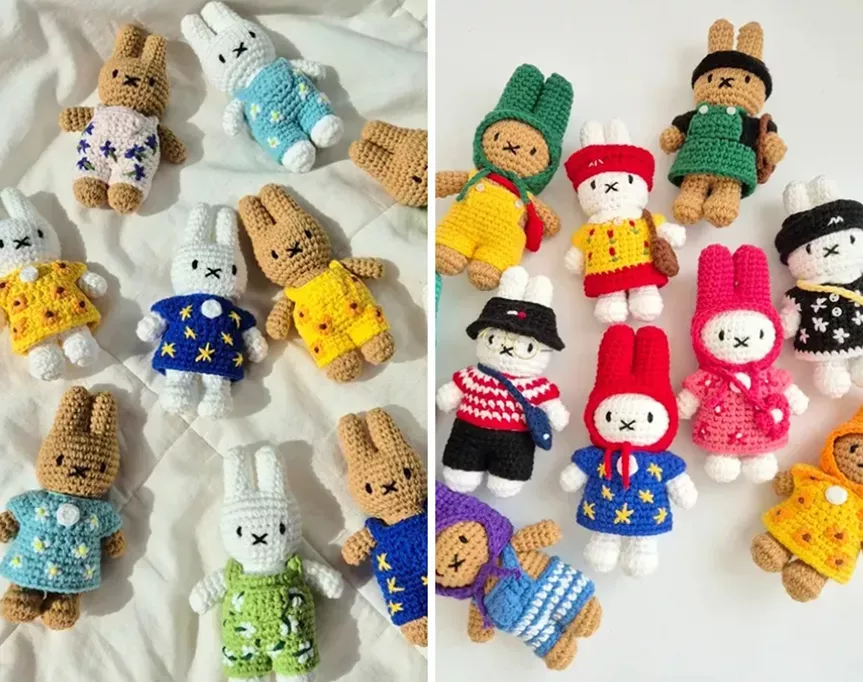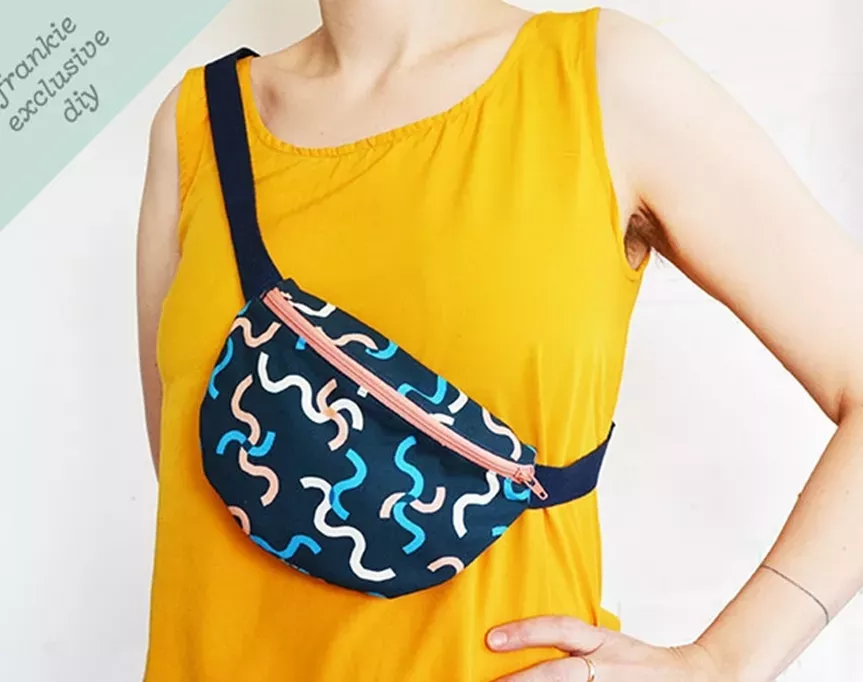textile artist kate just chats about the power of knitting
Plus, the link between self-care and radical activism, grief, and what Kate gets up to in her spare time.
American-Australian textile artist Kate Just is best known for her craft-based pieces that often highlight feminist, political and social issues. Lately, she has been busy knitting 40 self-care-related phrases into panels. The project, Self Care Action Series, has been in the works since May 2022. Ahead of the series exhibiting at Linden New Art in Melbourne from March 18th until June 4th, we had a chinwag with Kate to find out all about her craft. Tell us about the Self Care Action Series that will be exhibiting this month. It’s an ongoing series of hand-knitted panels bearing texts relating to self-care. Each work is a simple reminder that I consider crucial for my own emotional survival and resilience. It is also an invitation to others to imagine how they might prioritise caring for themselves. These are simple actions that are sometimes hard to do.
Tell us about the Self Care Action Series that will be exhibiting this month. It’s an ongoing series of hand-knitted panels bearing texts relating to self-care. Each work is a simple reminder that I consider crucial for my own emotional survival and resilience. It is also an invitation to others to imagine how they might prioritise caring for themselves. These are simple actions that are sometimes hard to do.
What inspired the series? The series arose from my lived experience as a queer and feminist artist, teacher, activist and parent. I had spent my adult life working in art-world, education and real-world contexts to generate urgent forms of social and political change, and I was pretty burnt out by the energy involved and the lack of systemic change.
I began to formulate these text works/reminders of how to care for oneself through challenging times. About a week after I started it, my dear father died, so the meaning of the work became more pointed.
How long does it typically take to make each panel? About 20 to 25 hours. I completed around one per week while continuing to parent, work as a university teacher, and enjoy other activities.
Can you tell us about the link between self-care and radical activism, please? Self-care has its roots in radical activism. As a term, it dates to the US-based civil rights and women’s rights movements of the 1960s and 1970s, in which marginalised communities created free or lower-cost resources (including community health care) to better take care of themselves.
Activists preached self-care within communities and practiced it themselves. Writer, feminist and civil rights activist Audre Lorde famously stated, “Caring for myself is not self-indulgence, it is self-preservation, and that is an act of political warfare.” What is your favourite way to care for yourself? I have at least 40 tools of self-care (as the series reveals) and I need them all! But my favourite is probably ‘make art’ or ‘knit.’ Making time for my creative life feeds me and fills the tank.
What is your favourite way to care for yourself? I have at least 40 tools of self-care (as the series reveals) and I need them all! But my favourite is probably ‘make art’ or ‘knit.’ Making time for my creative life feeds me and fills the tank.
Your mother taught you to knit after your brother passed away. What was that learning process like for you, and how long did it take for you to realise you wanted to use this craft as an artistic tool? Sitting alongside my mother and watching her make loops which, when connected to each other, made fabric, was a profound experience for me in that moment of grief. I felt like my world was falling apart, and yet this process of knitting was creating something both permeable and connective.
I also appreciated how throughout history and in many places in the world, women have learnt crafts from other women, side-by-side. It showed me craft’s potential to connect across generations and express current ideas. Within about an hour of learning how to knit basic stitches, I appreciated its potential as an artistic medium and began planning my first sculpture.
When you’re not busing knitting, how do you like to spend your time? I am always busy knitting! But when the needles are down, if I’m not teaching at the Victorian College of the Arts, I like to spend time outdoors on beautiful Dja Dja Wurrung Country in Castlemaine, where I live. I take long walks and runs in nature and also do things with my wife Paula and our two teens Harper and Phill, like hitting country markets, eating nice food, op shopping and watching movies with our cuddly, beautiful toy poodle Pearl.
What other kinds of mediums do you use in your art? I have used photography, textiles, clothing, performance, community participation, sculpture, ceramics, neon and video. But I have mainly concentrated on knitting and textiles throughout my 23 years as an artist. Describe the space where you do most of your creating. My studio is at Workspace, in the old hospital in Castlemaine. It is a community hub of affordable workspaces for sole traders and small businesses. There are three levels and I have a studio on the middle floor – it used to be a surgical recovery ward! It has windows over the roofline with lovely views of clouds, sky and the nearby botanical gardens. The space is filled with plants, books, tubs of yarn, lots of tables and a blue couch where I knit, sometimes nap and dream.
Describe the space where you do most of your creating. My studio is at Workspace, in the old hospital in Castlemaine. It is a community hub of affordable workspaces for sole traders and small businesses. There are three levels and I have a studio on the middle floor – it used to be a surgical recovery ward! It has windows over the roofline with lovely views of clouds, sky and the nearby botanical gardens. The space is filled with plants, books, tubs of yarn, lots of tables and a blue couch where I knit, sometimes nap and dream.
Any other projects that you’ve been working on? This year I made a giant pink hand-knitted quilt called Tickled Pink to Be a Woman. It is comprised of 70 hand-knitted pink squares, edged with a crocheted black border. Each square bears a black text naming an issue that many women around the world still face. The blanket subverts stereotypes of pink as a soft, feminine colour and knitting as a traditional craft form.
I’m also running lots of knitting circles in galleries and public spaces for Conversation Piece, a work I’m developing for the Tamworth Textile Triennial in 2023. The work involves the creation of a giant, communally knitted and crocheted yellow length of fabric. It will act as a live, ongoing material documentation of collective making, gathering, talking and listening across time and different places.
View this post on Instagram














.jpg&q=80&w=316&c=1&s=1)













.jpg&q=80&w=316&c=1&s=1)










